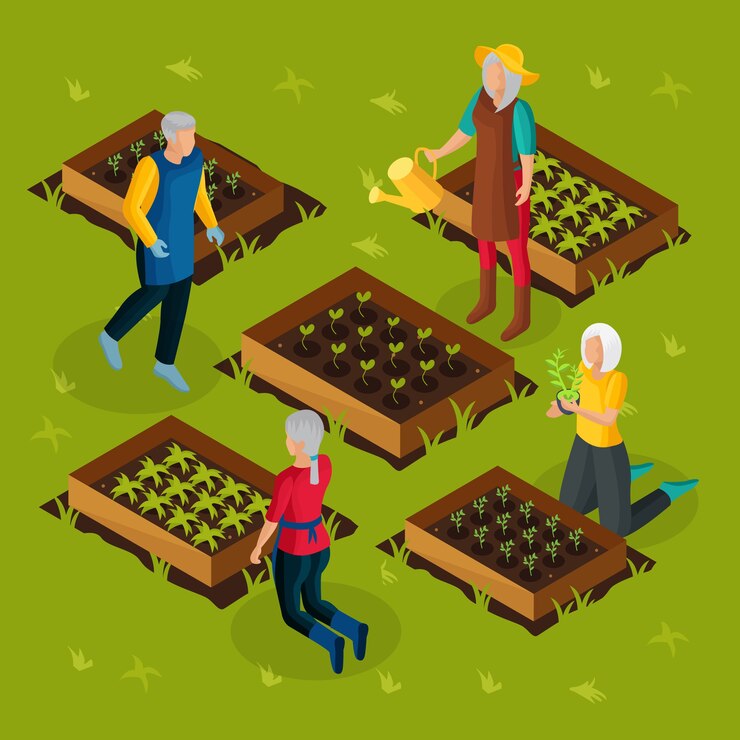As we step into the next decade, the agricultural landscape is poised for transformative changes, driven by technological advancements, climate considerations, and the global quest for sustainable practices. The future of agriculture crops is set to be shaped by a combination of traditional wisdom and cutting-edge innovations.
1. Climate-Resilient Crops:
With climate change affecting weather patterns, there is a growing emphasis on developing crops that can withstand extreme conditions. Researchers are investing in genetic modifications to enhance drought resistance, heat tolerance, and disease resilience in staple crops like wheat, rice, and corn.
2. Precision Agriculture:
Advancements in technology are ushering in an era of precision agriculture. Farmers are increasingly using sensors, drones, and satellite imagery to monitor and manage their crops with unprecedented accuracy. This precision allows for optimized resource use, reducing waste and environmental impact.
3. Vertical Farming and Controlled Environment Agriculture:
Urbanization and limited arable land are driving the adoption of vertical farming and controlled environment agriculture. By growing crops in vertically stacked layers or controlled indoor environments, farmers can maximize yields, minimize water usage, and eliminate dependence on traditional seasons.
4. Superfoods and Nutraceuticals:
Consumer awareness of health and nutrition is influencing crop choices. Superfoods rich in antioxidants, vitamins, and minerals are gaining popularity. Crops like quinoa, chia seeds, and moringa are expected to become staples as people seek healthier dietary options.
5. Biofortified Crops:
Addressing malnutrition is a global priority, and biofortified crops play a crucial role. These crops are enriched with essential nutrients such as iron, zinc, and vitamins, aiming to improve the nutritional value of staple foods and combat widespread deficiencies.
6. Robotics and Automation:
The integration of robotics and automation into agriculture is streamlining labor-intensive processes. Autonomous tractors, robotic harvesters, and AI-driven decision-making tools enhance efficiency and reduce the reliance on manual labor, potentially addressing labor shortages in the industry.

7. Regenerative Agriculture:
In response to concerns about soil health and sustainability, regenerative agriculture practices are gaining traction. Farmers are adopting techniques such as cover cropping, crop rotation, and minimal tillage to improve soil fertility, reduce erosion, and promote biodiversity.
8. Alternative Protein Crops:
As the demand for plant-based and alternative protein sources grows, crops like soybeans, lentils, and chickpeas are becoming increasingly important. These crops not only serve as protein alternatives but also contribute to sustainable agriculture by fixing nitrogen in the soil.
In conclusion, the future of agriculture crops in the coming decade is a dynamic intersection of scientific innovation, environmental responsibility, and health-conscious consumer choices. From climate-resilient staples to high-tech solutions and sustainable practices, the agricultural landscape is evolving to meet the challenges of the 21st century. Embracing these advancements promises a more resilient, efficient, and sustainable future for global agriculture.




